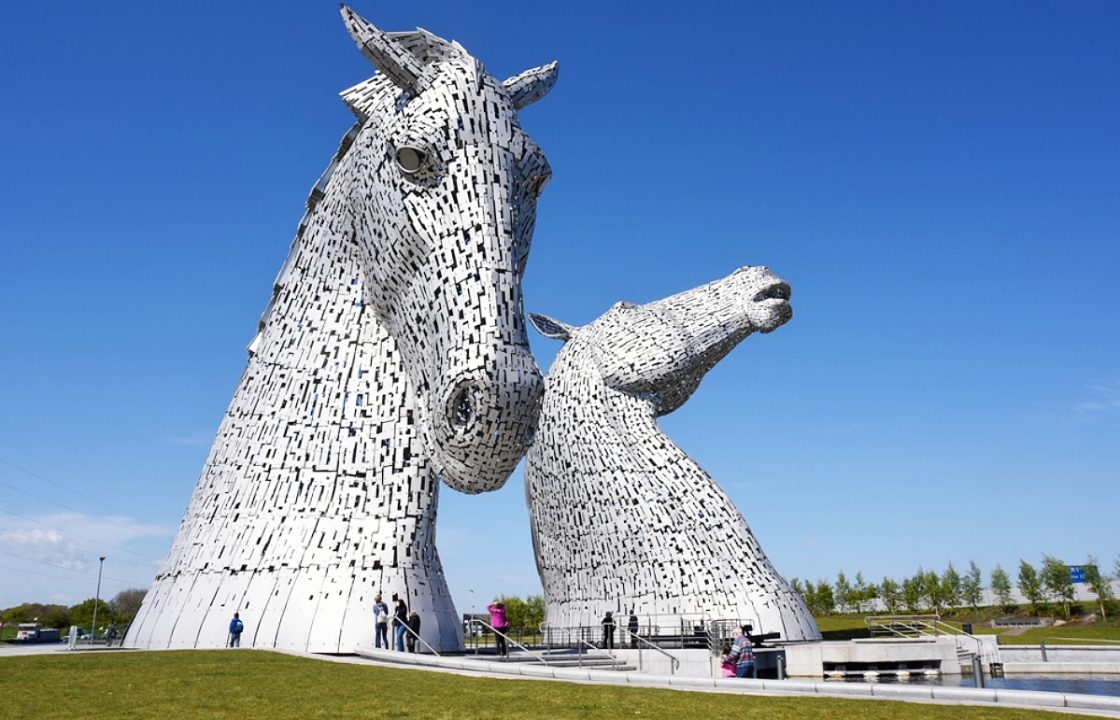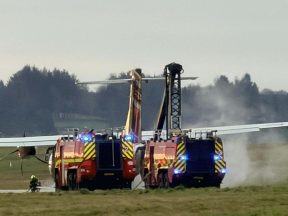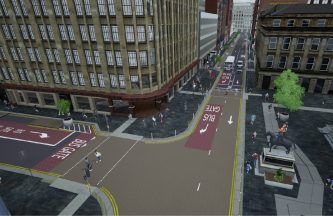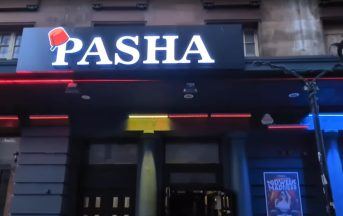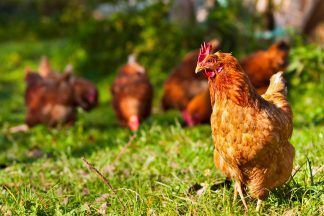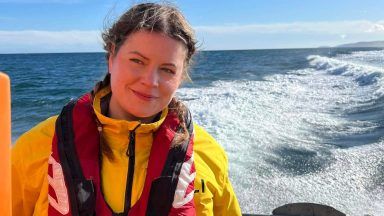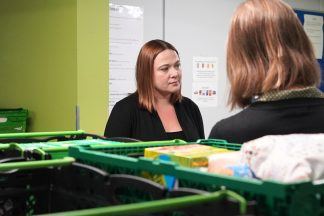The home of Falkirk’s iconic Kelpies is looking at ways to generate more income as it emerged it is making a loss of £600,000 a year despite being one of Scotland’s most popular tourist attractions.
The 300-hectare site costs £2.1m to maintain every year but generates an income of £1.5m from its cafes and visitor centre, Kelpie tours and car parking.
Created almost ten years ago, the Kelpies have become one of Scotland’s most recognisable tourist attractions. An estimated 600,000 visitors to the Helix in 2021, spent in the region of £84m supporting local businesses and jobs.
Members of Falkirk Council’s executive agreed yesterday (Tuesday) to a new strategy for visitors that hopes to welcome one million visitors a year by 2028, in the hope that many will stay longer in the district and spend more money locally.
The five-year strategy aims to increase the income to £1.75m, while protecting the award-winning environment.
The park will be expected to reduce the subsidy it currently receives from Falkirk Council by around £180,000 in order to help cut the massive £65m budget gap currently facing the local authority.
Manager Lesley O’Hare said that the intention is to “close the gap between income and expenditure by growing income rather than looking at cuts to our expenditure”.
Members heard that the visitor centre – including the cafe and gift shop – welcomed 436,912 visitors, smashing its annual target of 375,000. However, it is currently almost at capacity and improvements being suggested include extending the visitor centre and cafe to provide shelter for the many people who visit the park with their dogs.
They also want to increase the number of events that are held by other organisations that will provide a good income without any risk to the council. This year the Helix had ‘bungee jumps’ and a zipline as well as a visiting Luminarium that visitors paid to enjoy.
The strategy makes clear the challenges facing the park, including problems with the water quality in the lagoon.
Another issue was the sudden collapse of the Forth Bike e-bike hire scheme, and the new strategy looks at new ways to promote active travel around the area.
This includes plans to encourage visitors to follow a new ‘Heart of Falkirk’ trail, linking the Helix with other key attractions, including the Falkirk Wheel, Callendar House and the district’s two new distilleries.
But Conservative councillor James Bundy said that his group was concerned at the amount of subsidy needed and called for a business plan that would allow the site to at least break even.
He said: “I was shocked to discover at today’s Falkirk Council meeting that the Helix Park is making a financial loss of £600,000 per year. The Kelpies are one of Scotland’s biggest tourist attractions but figures show that Falkirk Council makes less that £2 per visitor.”
Ms O’Hare told members they have been exploring opportunities to increase spending per head.
She said: “If we were just running a visitor centre, it would be very, very different and we would be operating at a surplus, but the management of that scale of green space that requires the level of maintenance that it does, comes at a cost.
“Our aim is to keep that cost as low as possible by increasing income but the capacity of the site to allow people to spend money is restricted.”
The SNP council leader Cecil Meiklejohn said she understood the need to increase income but it was important to remember that some of the visitors would be on low incomes and it was vital they had access to the facilities.
“There has to be a balance. You still want to have a facility where people can go for a walk, carry out fitness, somewhere kids can play, without having to spend money,” she said.
Follow STV News on WhatsApp
Scan the QR code on your mobile device for all the latest news from around the country


